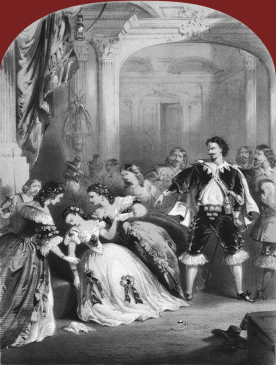


La Traviata (Verdi, 1853)

La Traviata is an opera by Giuseppe Verdi. The libretto was written by Francesco Maria Piave, based on the novel and play "La Dame aux camélias" by Alexandre Dumas Jr.
La Traviata is regarded as the most successful opera of all time, measured by number of productions and performances worldwide. Its stellar success was not immediate, however. It premiered in Venice on 6 March 1853 and although Act 1 was received with great acclaim, Acts 2 and 3 received lukewarm to negative responses.
The opera was not a complete failure, but Verdi was so dissatisfied with the first performances that he called it a fiasco. He blamed the cast of principal singers for the poor reception of his work. Two weeks and 9 performances later the season came to an end and Verdi withdrew the opera from further circulation. More than a year later, on 6 May 1854, the opera was restaged with some revisions to the score and a new cast of singers. This time it was a resounding success that has lasted to the present day.
Verdi considered the 1854 version to be definitive and the autograph score preserved by Ricordi in Milan, reflects the composer's final intentions. Unfortunately the first printed editions of the opera were not directly based on the final autograph, but on previous manuscript copies, thus introducing errors and deviations. Because these printed editions were used by theaters and record companies far into the 20th century, a strong performance tradition has grown based on them. Only in 1996 a critical edition was published by the University of Chicago and Casa Ricordi, accurately restoring Verdi's autograph score.
For my tracks I could only use scores that are in the public domain. I therefore used the orchestral score published by Ricordi in 1914. Although this version does not in all respects honour the composer's final intentions, it is the version most audiences are now familiar with. For the lyrics I followed the piano-vocal scores and first libretto since these represent more accurately what is usually sung by performers.
In cases where performance tradition deviates significantly from the score, I created 2 versions of the music: One that stays closer to the literal score and another that allows for the traditional liberties. A notable example is Violetta's high E flat at the end of Act 1, where a fermata is required for this note to be sung, whereas the score has neither a fermata nor a high E flat. In cases where parts of the music are often cut (about half a dozen occurrences) I made available the abridged and the full version.